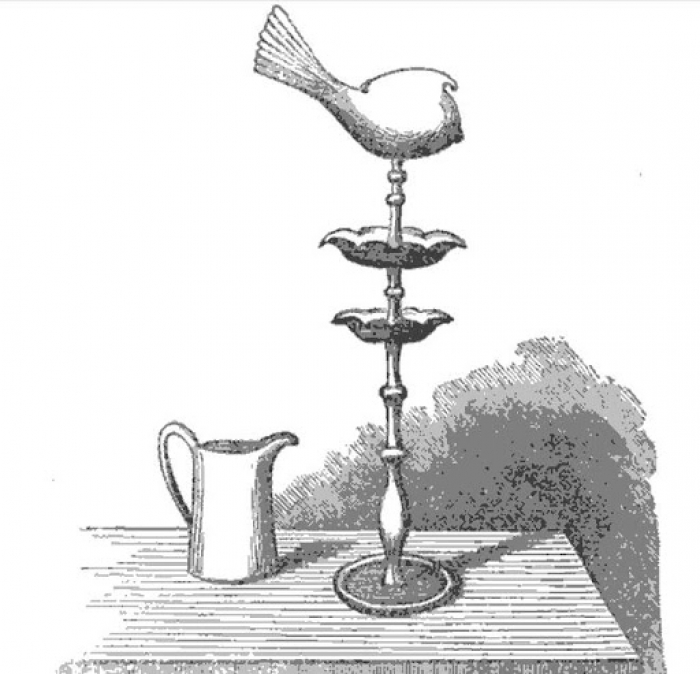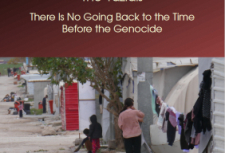The Lost Sanjaq. Part 3

Peter Nicolaus
United Nations High Commissioner for Refugees, Tbilisi
The family tales around Sheikh Ozman and his dreams clearly constitute parts of an evolving myth explaining the existence of a sanjaq outside Lalish. The Ozmanyan family weaves at least three clichés into their narrative with the obvious intent to strengthen their claim to the sanjaq and to legitimise their role as keepers or even owners of the object.
The first of these clichés are the dreams themselves. In almost all religions dreams are one of the main media through which the divine being communicates and reveals him/herself to humans chosen for a task. This is, in particular, a quite common concept in Christianity and Islam24the two creeds, which are part of the Yezidi environment and from which this syncretistic religion has heavily borrowed.
The second cliché is the reference to the colour blue. It was apparently built into the account to underline the pious character of Sheikh Ozman and his religious devotion, making him outstanding and worthy of keeping the sanjaq. The original story is well-known among the Yezidi community in Iraq and Armenia, and explains why blue is a forbidden colour to Yezidis. It refers to a dream of a kochek, where an angel explained to him that blue was an unlucky colour and that wearing blue cloths would displease Malak Tawus. Subsequently, all blue cloths and fabrics were banned by the religious leaders in Lalish and white was declared the preferred colour.
Tags: #yazidisinfo #ezidi #yazidi #aboutezidi #religionezidi
The Lost Sanjaq. Part 3

Peter Nicolaus
United Nations High Commissioner for Refugees, Tbilisi
The family tales around Sheikh Ozman and his dreams clearly constitute parts of an evolving myth explaining the existence of a sanjaq outside Lalish. The Ozmanyan family weaves at least three clichés into their narrative with the obvious intent to strengthen their claim to the sanjaq and to legitimise their role as keepers or even owners of the object.
The first of these clichés are the dreams themselves. In almost all religions dreams are one of the main media through which the divine being communicates and reveals him/herself to humans chosen for a task. This is, in particular, a quite common concept in Christianity and Islam24the two creeds, which are part of the Yezidi environment and from which this syncretistic religion has heavily borrowed.
The second cliché is the reference to the colour blue. It was apparently built into the account to underline the pious character of Sheikh Ozman and his religious devotion, making him outstanding and worthy of keeping the sanjaq. The original story is well-known among the Yezidi community in Iraq and Armenia, and explains why blue is a forbidden colour to Yezidis. It refers to a dream of a kochek, where an angel explained to him that blue was an unlucky colour and that wearing blue cloths would displease Malak Tawus. Subsequently, all blue cloths and fabrics were banned by the religious leaders in Lalish and white was declared the preferred colour.
Tags: #yazidisinfo #ezidi #yazidi #aboutezidi #religionezidi

























